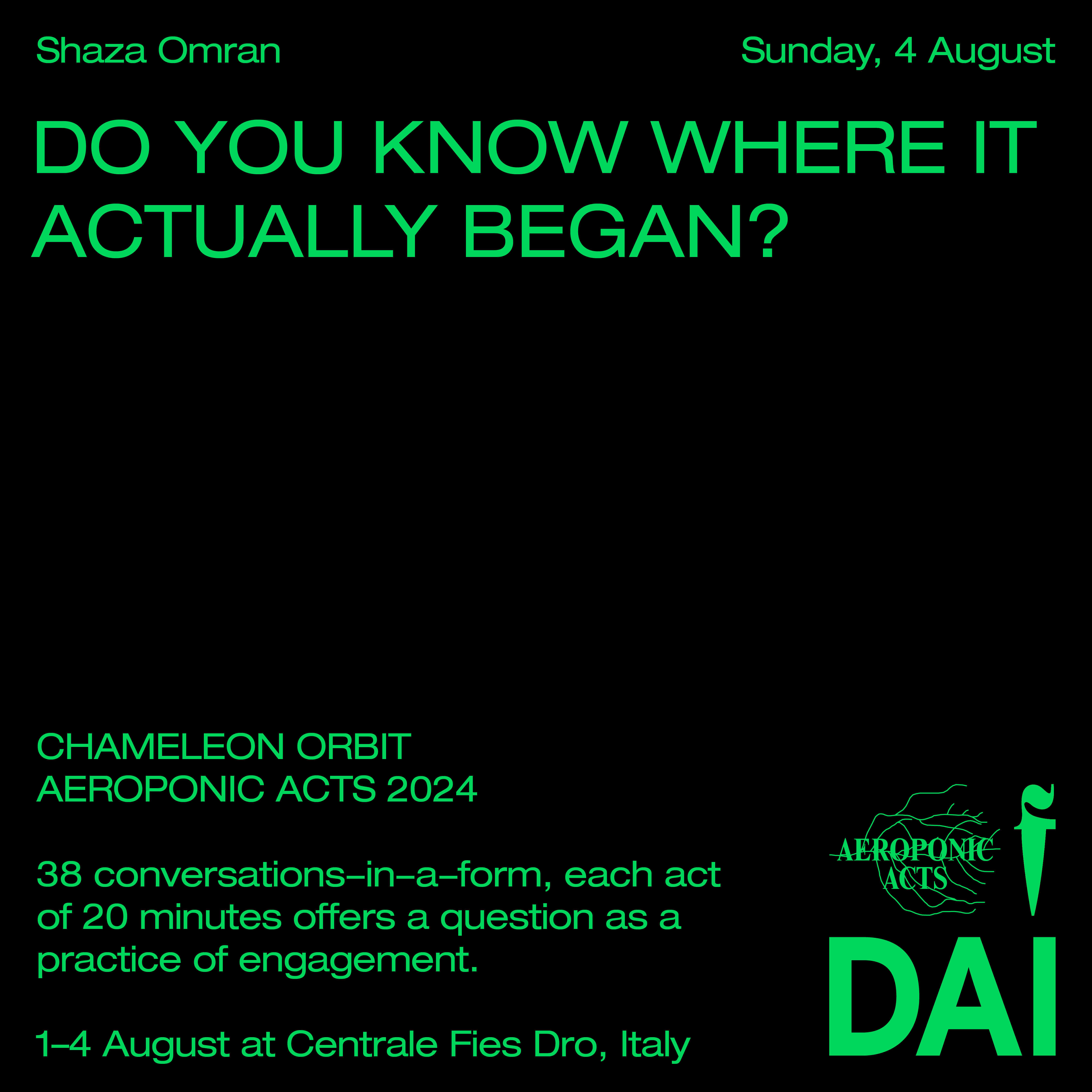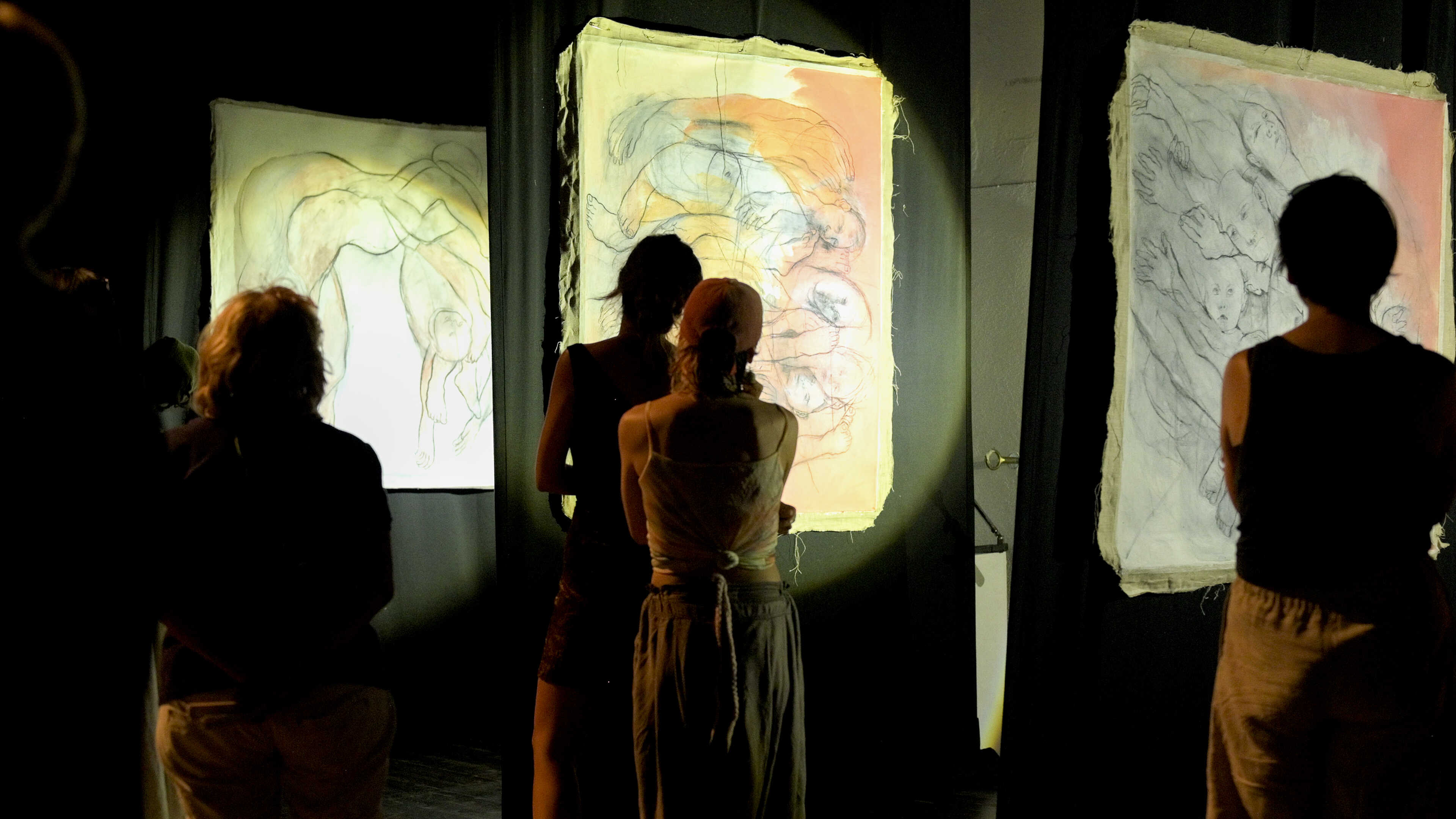Shaza Omran ~ We lived well together
The Syrian have never initiated the fight; thus it is not a “civil war” as depicted by western media. The true story of the Syrian conflict, unknown to many outside Syria, began with an innocent act of political disobedience in 2011. Children in the city of Dara’a expressed discontent with the authoritarian Syrian regime by creating graffiti on a school wall. The regime’s violent and disproportionate response triggered the escalation of these strife into a full-blown civil war.
The short video animation constitutes a hint of this story in non-linear fragments of the Syrian society landscape, presenting the act of cultural disobedience and protest as the unintentional catalyst for the revolution, understood by the Western world through the simplistic paradigm of “Syrian civil war.”
The work invites recipients to revisit the everyday hard reality that hangs over Syrian society and examines the cultural movements that triggered the response by the Syrian regime that escalated the conflict into a civil war.
AEROPONIC ACTS 2024 ~ Chameleon Orbit
About Shaza Omran


